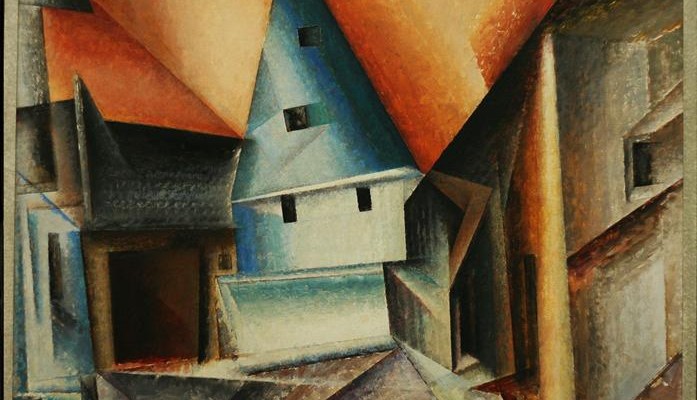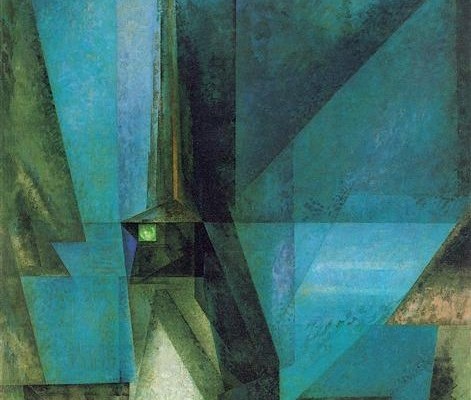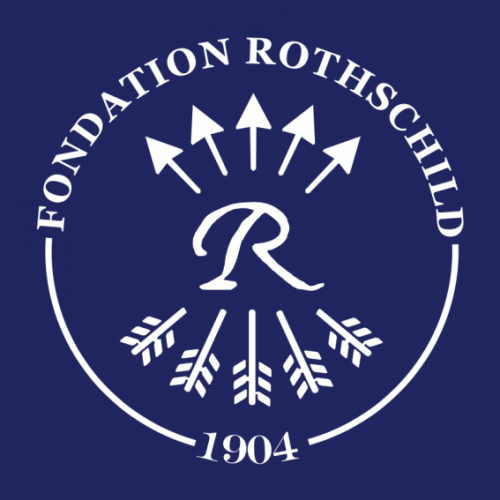About the new government of the State of Israel
How can we understand the composition of the new government formed by Benjamin Netanyahu, which gives pride of place to religious Zionism and to a nationalism itself increasingly tinged with religious references? How can we understand it historically and circumstantially? Danny Trom looks back at this event, which marks a break in the history of Israel and of Zionism itself.
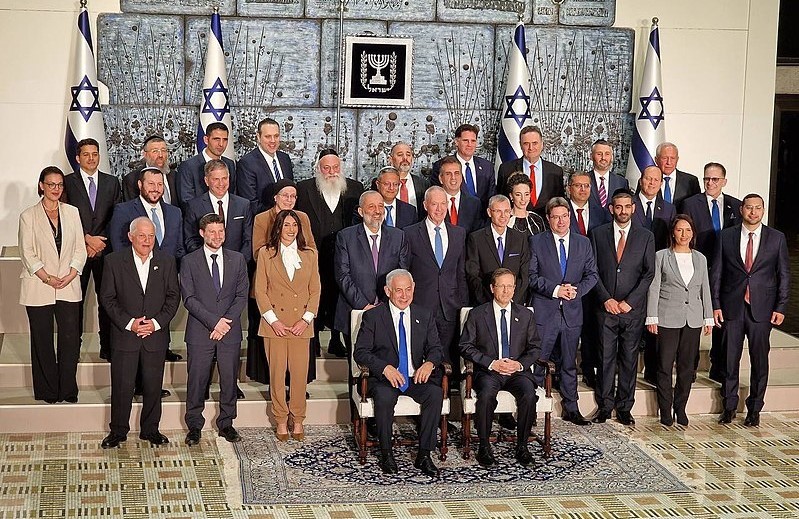
The government that has just been formed marks a shift in the State of Israel’s political history. On the surface, the novelty is relative. The fact that the Likud is the pivotal party, that the Zionist-Religious party participates in it as well as the two Orthodox parties is not a novelty. The striking fact is that they manage to form a coalition without any involvement of other forces. Even if this coalition is also the result of the failure of two parties to pass the fateful bar of parliamentary representation – the Mapam heir party (left-wing Labour) Meretz and the Palestinian nationalist party Balad – the fact remains that its axis finds its epicentre at the crossroads of religious Zionism and nationalism, which is itself increasingly tinged with religious references. And even if this coalition is also the result of the isolation of Benjamin Netanyahu (who now bears the crushing responsibility of having legitimized an extreme right that was previously banned), it appears to be welded together by an affinity that makes it much more coherent than the previous one, which had only the rejection of Netanyahu as a criterion for unity.
In order to understand this affinity, one must briefly characterize the components of this coalition. First, Likud, the first party in the Knesset, a nationalist but liberal and secular party, attached to the rule of law, has turned in recent years into a populist party wielding the rhetoric of the people against the elites as we also know it in Europe and the United States. Then, the Zionist-religious party whose weight has been increased this time by the inclusion of a radical party of the apocalyptic type, more or less the heir of the party of Meïr Kahana which was once declared illegal by the Supreme Court because of its incompatibility with the fundamental values of the State of Israel. Finally, the two orthodox parties, Torah Judaism, Ashkenazi, which remained generally anti-Zionist, hostile to the State of Israel, but looking after the particular interests of haredi society, and Shas, a Mizrahi (Oriental Jewish) party which adhered to Zionism in stages and was thus able to extend its electoral base to the community of traditionalist Mizrahim. All religious parties, Zionist or anti-Zionist, were in the past supporting parties in the formation of often broad coalitions, whereas now, together, they carry a decisive weight. Until now, the inclusion of religious Zionism in past coalitions has more or less neutralised it, but now it seems to be able to give its full measure because its vision goes beyond the strict framework of the party that claims it. And since it is he whose options rightly worry us, the question arises as to what exactly is this religious Zionism that permeates a large part of this coalition, with the exception of the Ashkenazi Orthodox party and the liberal wing of the Likud, which has been reduced to almost nothing.
This ancient movement was structured by a small faction called Mizrahi (acronym of merkaz rukhani, spiritual center) formed within the Zionist Congress at its foundation in 1897 by a few dissident rabbis, at a time when the whole arc of the Jewish-religious world in Europe, from Reform to Orthodox Judaism, vehemently rejected Zionism. This current would quietly make its way into the Zionist movement, before evolving into a political party in the Yishuv and then in the State of Israel, where it became perfectly compatible with the mainstream socialist left by participating in various governmental coalitions led by Ben-Gurion. Organised in a centrist party called Mafdal (National Religious Party), itself heterogeneous (integrating Hapoel Mizrahi, a left-wing worker wing), it is nevertheless from within this current that the ultranationalist version of religious Zionism was concocted from 1967 onwards, which today wins enough seats in the Knesset to impose itself as the main partner of the Likud.
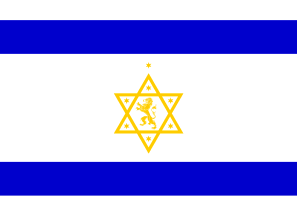
What makes religious Zionism unique in the Zionist configuration in which it was an atypical and marginal actor ? Mizrahi was the only party to consider the compatibility of the religious tradition with the emerging modern Zionist politics. Unlike the other poles of European Judaism, which were resistant to Zionism – either because it contradicted the project of confessionalizing the Jews in the nations of which they were citizens, or because it violated the traditional prohibition of “jumping the barriers of exile” – religious Zionism forged a doctrine capable of bending tradition to fit modern Zionist politics: Not only is Zionist activism compatible with the religious perspective, but it speaks the truth of it, since the ingathering of the people in the land is not only an aspiration of the people itself but in accordance with the divine will.
The marginality of this current can be measured by the two great hegemonic blocs that converged to form the Zionist movement at the end of the 19th century. In Western Europe, Herzl’s Zionism, that of the emancipated Jew, sometimes assimilated, ignorant of tradition or having only a tenuous relationship with it, advocated a modern solution to the modern European problem of anti-Semitism, through the construction, preferably in Palestine but possibly elsewhere, of a state for the Jews. This state would be minimal, liberal, respectful of minorities, tolerant in all respects. In Eastern Europe, the Zionism of the Jew, who until recently was still part of the traditional way of life, which is now wavering under the effect of modernisation, manifests an assumed revolt against a religious tradition which is considered passive, by creating here and now an autonomous and just Jewish society in its historical cradle. These two geo-historical blocks broke, each in its own way, at its own pace, with tradition, with the “ghetto”, a metaphor of a passive traditional community, under the authority of the rabbis.
Western Zionism simply ignored tradition, distilled at best a biblical folklore, and transported to Palestine the values of parliamentary democracy and the liberal ethos that goes with it – values that Europe was unable to honour. Eastern Zionism, in its Marxist or socialist-romantic guise, carried a revolutionary ethos, reconfigured the traditional messianic expectation into impotence and set about building a political society whose values were essentially drawn from European emancipatory utopias. Taken as a whole, political Zionism is thus the child of Europe. It was built on a modern critique of European political modernity. It did not want to break away from it but rather to fulfil its promises, but elsewhere.
How then did religious Zionism creep into this configuration that has long marked the dividing lines that run through the State of Israel, even after the Likud came to power for the first time in 1977, even when the Zionist left was gradually losing the political hegemony it had acquired under the yichuv ? Religious Zionism slipped into the Zionist configuration from a different premise altogether, one that its doctrinaires believed could encompass political Zionism in its two modern variants: it supported modern Zionists whom it saw as naïve or blind, unable to perceive what they were actually doing, namely laying the concrete foundations for the coming of the messianic era. Unwittingly, without having the idea, modern Zionists are, like the messiah’s donkey, the vehicle leading to the final redemption (ge’ula) of the Jews. Materialists and pragmatists, organising the settlement of the people on their land, they work, in spite of themselves, within a providential history. Or rather: providence acts through the Zionist movement without its knowledge, which would sooner or later come to light. The Zionist-religious are those who are perfectly aware of this and remind anyone who will listen.
This scheme, elaborated within the Mizrahi, maintained and consolidated by its successors, which perceives in Zionist practice the prodrome of messianic times, is not, in itself, in contradiction with modern political Zionism, although it is globally alien to it. For religious Zionism does nothing more than cover up the Zionist realisation of a providential narrative. Hegemonic Zionists never actually thought of their practices in these terms, except sometimes in the graphic sense of a nation in the process of restoration. They perceived the Zionist-Religious Party as an immature member of the Zionist family, unable to break free of tradition, and regarded it as a harmless auxiliary force. Indeed, Religious Zionism itself did not draw any firm conclusions from its ideological construction. The redemptive vision of this party, perceived as centrist, was the building of a Jewish society, in all tranquillity, on the portion of territory allocated to the State of Israel, certainly nimble with sacredness but without any desire for expansion. But as soon as the State of Israel extended its control over the West Bank following the Six-Day War, this territory was understood as the fruit of an acquisition, admittedly involuntary and therefore providential, a sign that the 1967 victory and the occupation were the simple extension of a Zionist enterprise unconscious of a plan that goes beyond it and which has now found a striking confirmation.
It was then that an ever-increasing fraction of religious Zionism shifted, initially under the impetus of the activists of the Gush Imunim (Bloc of Faith), the ancestor of the settler movement. From the writings of Rav Kook, who was the first chief rabbi of Palestine, the focus shifted to those of Rav Kook Jr. who sharpened the point, in a context where the West Bank, now under Israel’s control, became the land of Judea and Samaria offered for appropriation. From then on, firm consequences were drawn from the messianic scheme, which are still those of today. First of all, the Jews must populate the land of Israel within the limits of the biblical promise by all means. Not for security reasons, not by virtue of a circumstantial challenge to the borders of the 1949 Armistice Agreement, not even on the basis of a romantic national vision as will be cultivated within the Likud, but because this land belongs, has always belonged, by divine right, to the Jewish people. Secondly, the definition of the subject-recipient of this land should be tightened around a strictly halakhic criterion, based on rabbinic law. Since in the messianic horizon, people and land are superimposed, the sacredness of the land is linked to a conception of the Jews which is based on the traditional norm.
Two firm demands of religious Zionism, expressed during the negotiations for the conclusion of a government pact, reflect the dangerous slope on which the new government is moving. They are simultaneously on two fronts, which are too little perceived to be interdependent. Firstly, that all kinds of measures, legal and military, be taken so that the status of the territories, occupied and in whole sections already populated by Jews, be fluidified in order to prepare in the medium term their pure and simple annexation. Secondly, that the Law of Return be reserved for Jews in the strictly halakhic definition preempted by the Orthodox Rabbinate, which implies the abrogation of the so-called grandchildren’s clause which, since the Law of Return was adopted in 1950 and amended in 1970, counts a maximum share of Jews from the Diaspora as beneficiaries of entry into the State and immediate acquisition of Israeli citizenship.
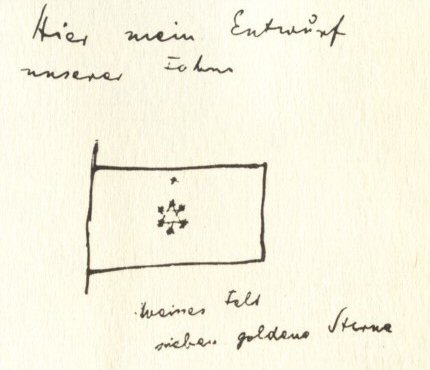
Let us be clear: these two orientations contradict the spirit of Zionism, as it has been handed down to us by history, at the risk of permanently altering the very form of the State of Israel of which it is the product. Land has always been an imperative but relative asset. Before the State of Israel came into being, the perimeter of the future Jewish political entity was a function of settlement at a time when Palestine was not yet crossed by the stato-national logic. The possession of land was strictly correlated to numerical majority and productive work, it was never thought of as property by divine right. And the people was conceived as the whole of the Jews, as they lived empirically in Europe or elsewhere, whether they were emancipated or not, assimilated or inserted into the world of tradition. The Law of Return refracts this understanding of the Jews by refusing to make “Jew” a rigid designator, leaving its definition in abeyance in order to make the State of Israel not a Jewish state but a state for the Jews, a refuge for a population that experiences itself and is designated as such, regardless of the dialectic.
Religious Zionism, in its messianic-national guise, which today seems to be winning its first major victory, is tearing apart the modern Zionist consensus, or at least revealing a potentiality that has been lurking inside it like a sleeping beast. Its awakening is multifactorial: The political and demographic dynamics of Israeli Jewish society, but also the collapse of hopes for a compromise peace with the Palestinians; the inexorable retreat of the Zionist left which, as in Europe, has abandoned social justice to focus on liberal-identity demands; the endemic violence in the occupied territories and especially the intra-community violence that sporadically breaks out within the State of Israel. But it was obviously the Six-Day War – a preventive war that was not wanted by the State of Israel – that put pressure on the tail of the sleeping lion. Since then, it has not stopped roaring. It aims to finally tell the truth about Zionism, if possible by devouring this time the innocent lamb that thought it was the heir of Europe, that thought it was building a modern society, or even a modern state free of its slag. Woken up from its slumber and invigorated by the hostility that the State of Israel faced in 1967 – a hostility that has never been completely denied since then – religious Zionism plans to detach the State of Israel from the historical dynamic of the Jews as it has unfolded in European modernity and outside of which the Zionist proposal could not even have been formulated.
So this is the question raised by the last legislative elections, if we admit that the push of nationalist religious Zionism, now focused on the cult of the power of the State and including a xenophobic, ultra-secure and reactionary faction, constitutes the most significant event. Is it possible that one day the State of Israel will revolt against the modern political Zionism that gave birth to it? Is it possible that, in the process, the State of Israel will turn away from the Diaspora as a child turns away from its parents? Until now we preferred to look away, not to think about it, but from now on, yes, this eventuality can no longer leave our minds. For now the providential-messianic narrative, to which we used to pay only distracted attention, is no longer encapsulated in a marginal ideology, it has penetrated large sections of the electorate by amalgamating with a nationalist tension, as if religious Zionism were winning the whole game in which it was once, not so long ago, only an eccentric player. It clearly threatens the liberal spirit to which Zionism owes a state of refuge whose vocation is to welcome Jews in bad times, the strongest possible rule of law, and a state ready for territorial compromise as soon as its security is assured.
Is the populist wave that national-religious Zionism captures for its own benefit capable of erasing at a stroke the political wisdom accumulated by the Jews along their exile and that Zionism was able, in its own way, to collect ? We are not there yet, say the most reassuring voices, but the possibility is approaching. On the edge of the abyss, we are dizzy. Every Jew, whether he likes it or not, however critical he may be of Zionism and the policies of the State of Israel, feels what he owes to it, if he does not always know it: the existential tranquillity that a state for Jews confers. On condition that this state continues to fulfil the function that we, the Jews of Europe, its parents, have entrusted to it.


